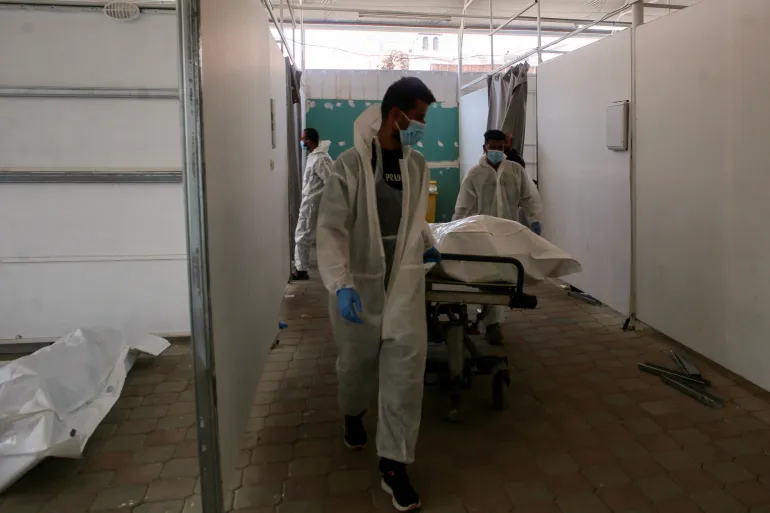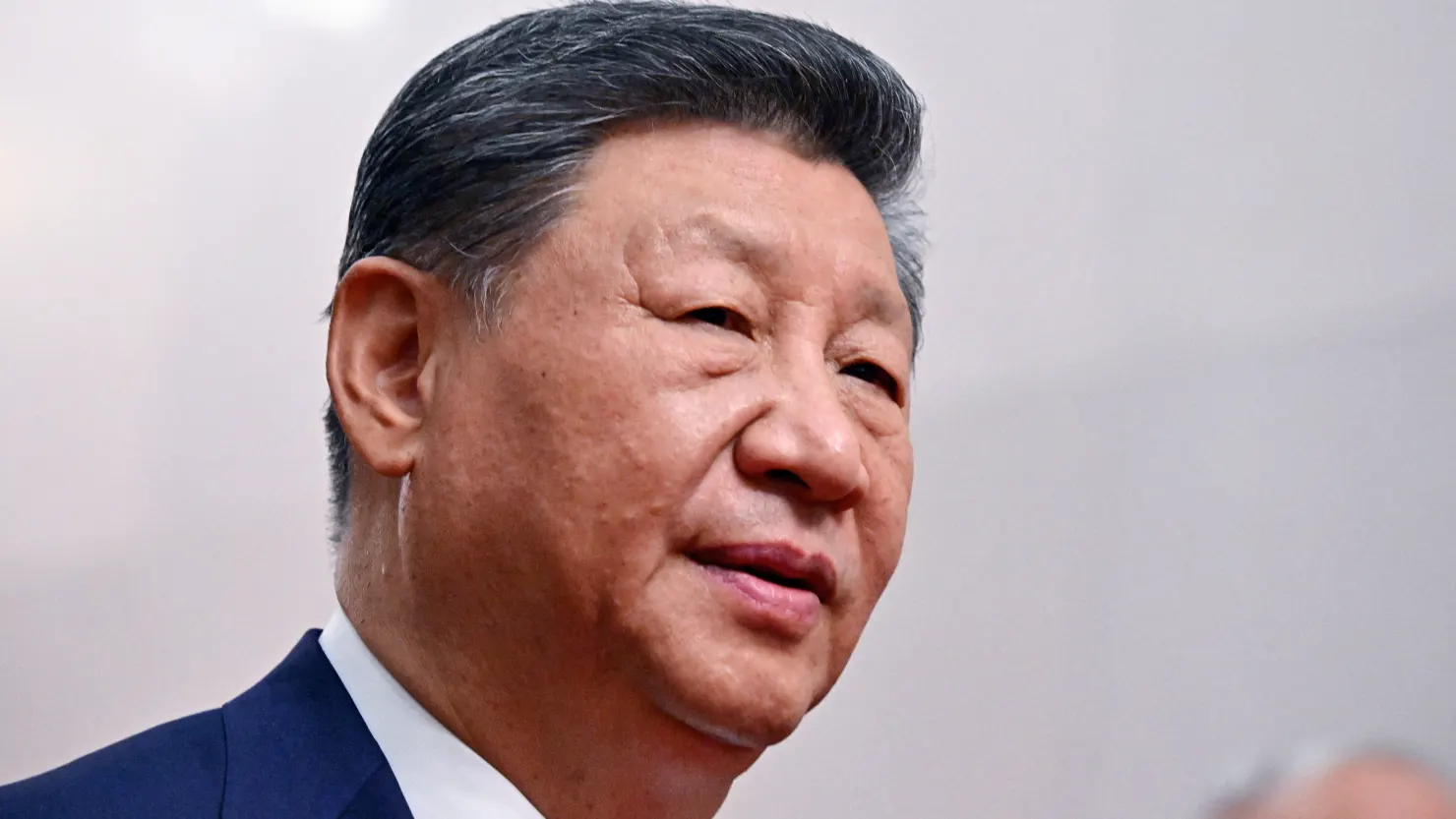India and China, two of Asia’s largest economies and geopolitical rivals, are set to restart direct passenger flights by late October 2025. The decision comes after more than five years of suspension, marking a cautious but notable thaw in a relationship that has been dominated by border disputes, political mistrust, and a long freeze in people-to-people exchanges.
A Long Suspension Rooted in Crisis
Direct flights between Indian and Chinese cities were halted in 2020, when the COVID-19 pandemic forced global travel restrictions. While most countries gradually reopened their skies, the India–China freeze persisted well beyond the health crisis.
The delay was less about the pandemic and more about politics. Relations deteriorated sharply after violent clashes in the Galwan Valley in June 2020, where soldiers from both sides lost their lives. That event reshaped bilateral relations, leading India to tighten scrutiny on Chinese investments, delay clearances for Chinese firms, and maintain strict controls on air connectivity.
For over five years, the absence of direct air links forced travelers to rely on third-country hubs such as Dubai, Singapore, or Bangkok, inflating costs and extending travel times. Business delegations, students, and families paid the price of geopolitical tensions.
What’s Changing in October 2025
According to announcements from both governments, airlines will now be permitted to restore limited direct services between select cities. The first confirmed route will connect Kolkata to Guangzhou beginning October 26, with other potential routes—such as Delhi to Shanghai and Delhi to Guangzhou—under active consideration.
The timing aligns with the international aviation “winter schedule,” which begins in late October. Aviation officials from both sides have been in talks for months to ensure compliance with safety, regulatory, and slot-allocation procedures.
Industry experts note that the first phase of resumption is likely to be modest, with just a handful of weekly flights, before scaling up based on demand and diplomatic climate.
Diplomatic Signals Behind the Decision
The decision to restart flights reflects a subtle recalibration in India–China ties. Last month, Indian Prime Minister Narendra Modi traveled to Beijing to attend a multilateral summit, his first visit in seven years. His meeting with President Xi Jinping emphasized the need to “manage differences responsibly” while fostering cooperation in trade and connectivity.
Civil aviation talks, once stalled, gained momentum following that summit. Diplomats suggested that restoring flights was a low-hanging fruit that could help rebuild confidence while more contentious issues, such as border demarcation and trade imbalances, remain under negotiation.
Analysts argue that this step is symbolic as well as practical—it projects a willingness to reduce hostility and show both domestic and global audiences that dialogue, not confrontation, is guiding the relationship.
Economic and Social Impact
1. Boost to Trade and Business
China remains India’s largest trading partner, with bilateral trade exceeding $130 billion annually. The lack of direct flights created bottlenecks for executives, suppliers, and investors. Restoring connectivity will cut travel time, reduce costs, and help businesses on both sides rebuild ties.
2. Revival of Education and Tourism
Tens of thousands of Indian students study medicine and other subjects in Chinese universities. Many faced hurdles in returning to their campuses after the pandemic due to the absence of flights. Families, too, have been impacted by the freeze. With direct routes back in play, student mobility and cultural exchanges could rebound.
3. Competition Among Airlines
Before 2020, Chinese carriers dominated direct India–China routes, while Indian airlines played a smaller role. This time, Indian carriers are expected to push harder to capture market share, especially on business-heavy routes such as Delhi–Shanghai. Pricing, frequency, and reliability will determine how the competition unfolds.
4. Strategic Connectivity
For both governments, reopening skies is also about signaling confidence in stability. Connectivity underpins diplomacy, and direct air services send a message that dialogue is valued even amid unresolved disputes.
Challenges Ahead
While the move is being welcomed, challenges remain:
- Fragile Diplomacy: Border tensions are far from resolved. Any fresh skirmish or breakdown in talks could once again jeopardize connectivity.
- Regulatory Complexities: Airlines must negotiate overflight rights, airport slots, and safety protocols—details that can slow expansion.
- Public Skepticism: In India, skepticism toward China remains high, particularly over trade deficits and security concerns. The public will watch closely for signs of reciprocity.
- Commercial Risk: Passenger loads will depend on how quickly demand rebounds. Airlines may hesitate to expand too aggressively until they see consistent traffic.
Looking Ahead
The resumption of direct flights does not erase years of mistrust, nor does it resolve the thorny border disputes that continue to cast a shadow over the relationship. Yet it represents a tangible step toward rebuilding bridges, at least in the literal sense.
Observers believe the true test will be whether the two sides can sustain these flights, expand the routes, and build on this momentum to re-establish other channels of cooperation. If successful, air connectivity could become the backbone of a broader détente—small steps toward easing one of Asia’s most tense rivalries.
For now, as planes prepare to fly once again across the Himalayas, the skies may symbolize something long missing between India and China: the possibility of reconnection.
















Leave a Reply